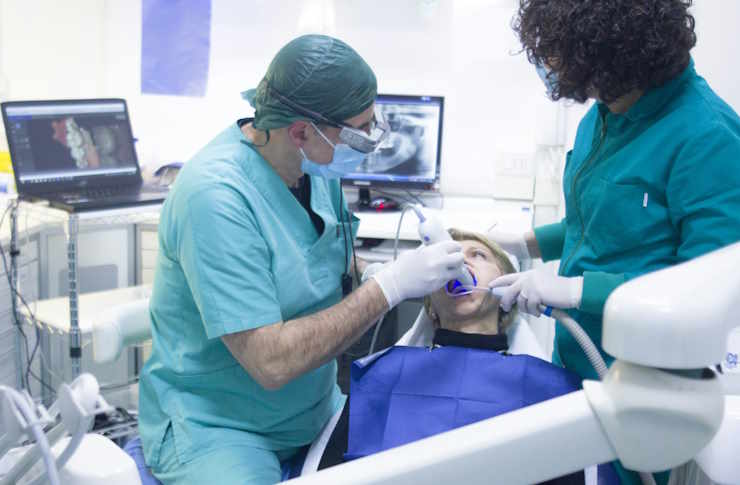2025 Liposuction Treatment Guidelines
Have you ever felt frustrated that no matter how much you diet or exercise, certain areas of fat just won’t go away? You’re not alone. Millions of men and women in the U.S. struggle with stubborn belly fat, love handles, thighs, or arms that refuse to slim down. While healthy habits are important, sometimes lifestyle changes aren’t enough to get the smooth, sculpted look you want.

Understanding Modern Liposuction Procedures
Liposuction removes excess fat deposits through small incisions using specialized surgical instruments. Current techniques include tumescent liposuction, ultrasound-assisted liposuction, and power-assisted liposuction. Each method follows specific protocols designed to maintain tissue integrity while achieving desired contour improvements.
Safety Protocols for Fat Removal
Treatment guidelines prioritize comprehensive patient evaluation, including medical history assessment, physical examination, and laboratory testing. Healthcare providers must verify candidacy based on body mass index, skin elasticity, and overall health status. Standard safety measures include sterile surgical environments, monitored anesthesia, and infection prevention protocols.
Recovery and Post-Procedure Guidelines
Recovery timelines vary depending on treatment areas and procedure extent. Patients typically resume light activities within 1-2 weeks, with full recovery occurring over 4-6 weeks. Post-operative care includes compression garments, prescribed medications, and scheduled follow-up appointments to monitor healing progress.
Treatment Costs and Provider Considerations
| Procedure Type | Average Cost Range | Recovery Time |
|---|---|---|
| Traditional Liposuction | $3,500 - $7,500 | 1-2 weeks |
| Ultrasound-Assisted | $4,000 - $8,000 | 1-2 weeks |
| Power-Assisted | $3,800 - $7,800 | 1-2 weeks |
Prices, rates, or cost estimates mentioned in this article are based on the latest available information but may change over time. Independent research is advised before making financial decisions.
Long-Term Results and Maintenance
Maintaining liposuction results requires lifestyle modifications, including regular exercise and balanced nutrition. While removed fat cells do not return to treated areas, remaining fat cells can expand if significant weight gain occurs. Guidelines recommend maintaining stable weight through healthy habits.
Current guidelines emphasize patient education, realistic expectations, and ongoing communication between healthcare providers and patients throughout the treatment process. Regular assessment of outcomes helps ensure adherence to safety standards and optimal results.
This article is for informational purposes only and should not be considered medical advice. Please consult a qualified healthcare professional for personalized guidance and treatment.




